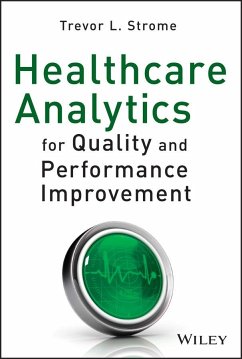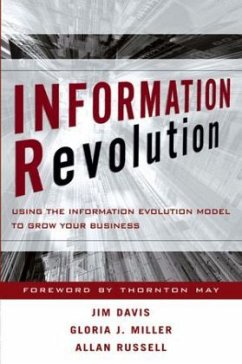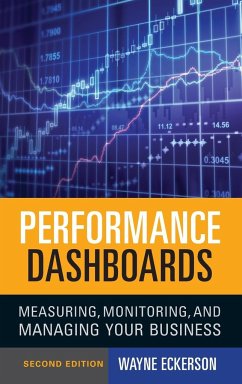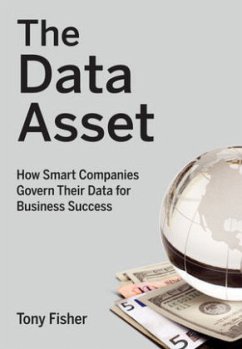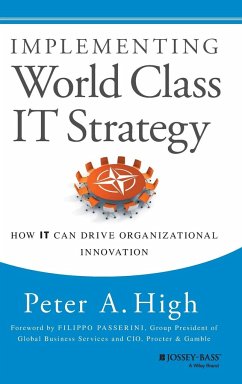Nicht lieferbar
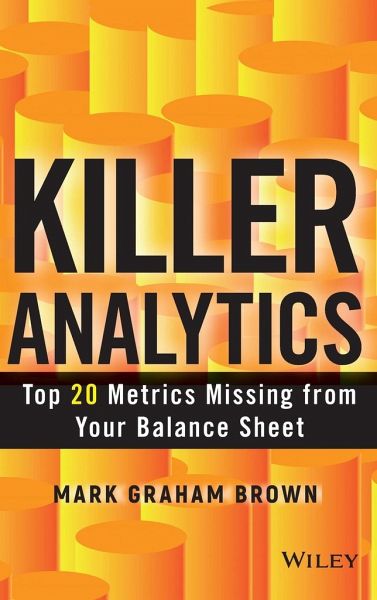
Killer Analytics (SAS)
Learn the secrets to using analytics to grow your businessAnalytics continues to trend as one of the hottest topics in the business community today. With ever-growing amounts of business data and evolving performance management/business intelligence architectures, how well your business does analyzing its data will differentiate you from your competition. Killer Analytics explores how you can use the muscle of analytics to measure new business elements. Author Mark Brown introduces 20 new metrics that can drive competitive advantage for your business, including social networks, sustainability,...
Learn the secrets to using analytics to grow your business
Analytics continues to trend as one of the hottest topics in the business community today. With ever-growing amounts of business data and evolving performance management/business intelligence architectures, how well your business does analyzing its data will differentiate you from your competition. Killer Analytics explores how you can use the muscle of analytics to measure new business elements. Author Mark Brown introduces 20 new metrics that can drive competitive advantage for your business, including social networks, sustainability, culture, innovation, employee satisfaction, and other key business elements.
Shows organizations how to use analytics to measure key elements of business performance not traditionally measured
Introduces 20 new metrics that drive competitive advantage
Reveals how to measure social networking, sustainability, innovation, culture, and more
Aside from the science and process of analytics, businesses need to think outside the box in terms of what they are measuring and how new analytical tools can be used to measure business elements such as innovation or sustainability. Opening the doors to a powerful new way of measuring your business, Killer Analytics saves you a small fortune on consultants with dynamic, forward-thinking advice for making the most of every component of your business.
Analytics continues to trend as one of the hottest topics in the business community today. With ever-growing amounts of business data and evolving performance management/business intelligence architectures, how well your business does analyzing its data will differentiate you from your competition. Killer Analytics explores how you can use the muscle of analytics to measure new business elements. Author Mark Brown introduces 20 new metrics that can drive competitive advantage for your business, including social networks, sustainability, culture, innovation, employee satisfaction, and other key business elements.
Shows organizations how to use analytics to measure key elements of business performance not traditionally measured
Introduces 20 new metrics that drive competitive advantage
Reveals how to measure social networking, sustainability, innovation, culture, and more
Aside from the science and process of analytics, businesses need to think outside the box in terms of what they are measuring and how new analytical tools can be used to measure business elements such as innovation or sustainability. Opening the doors to a powerful new way of measuring your business, Killer Analytics saves you a small fortune on consultants with dynamic, forward-thinking advice for making the most of every component of your business.







